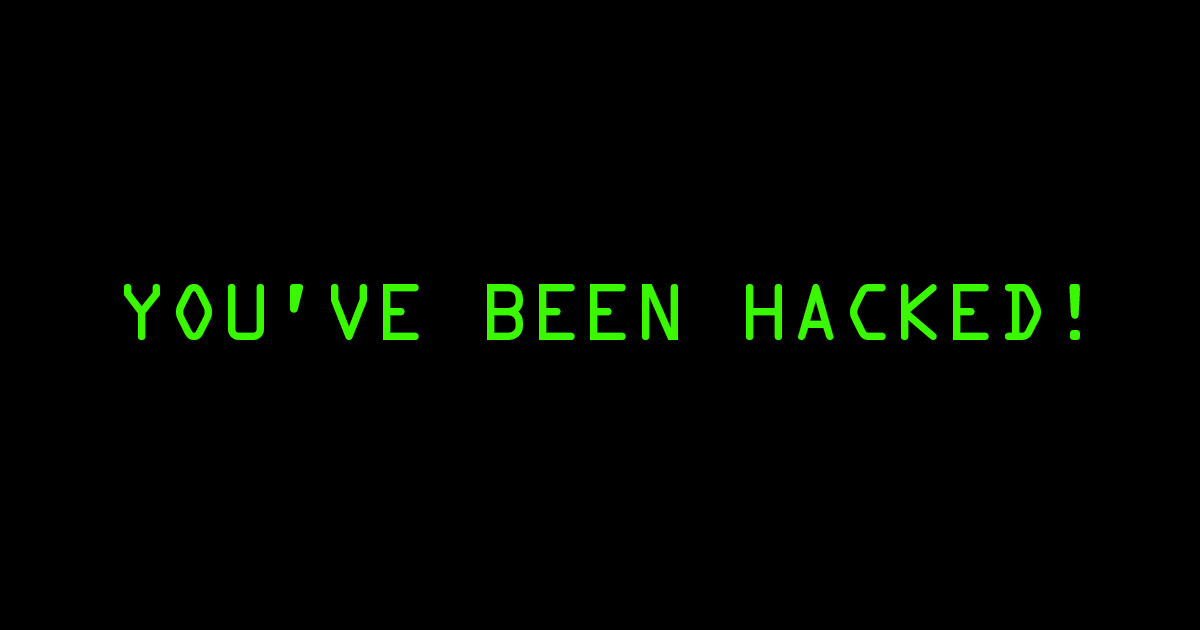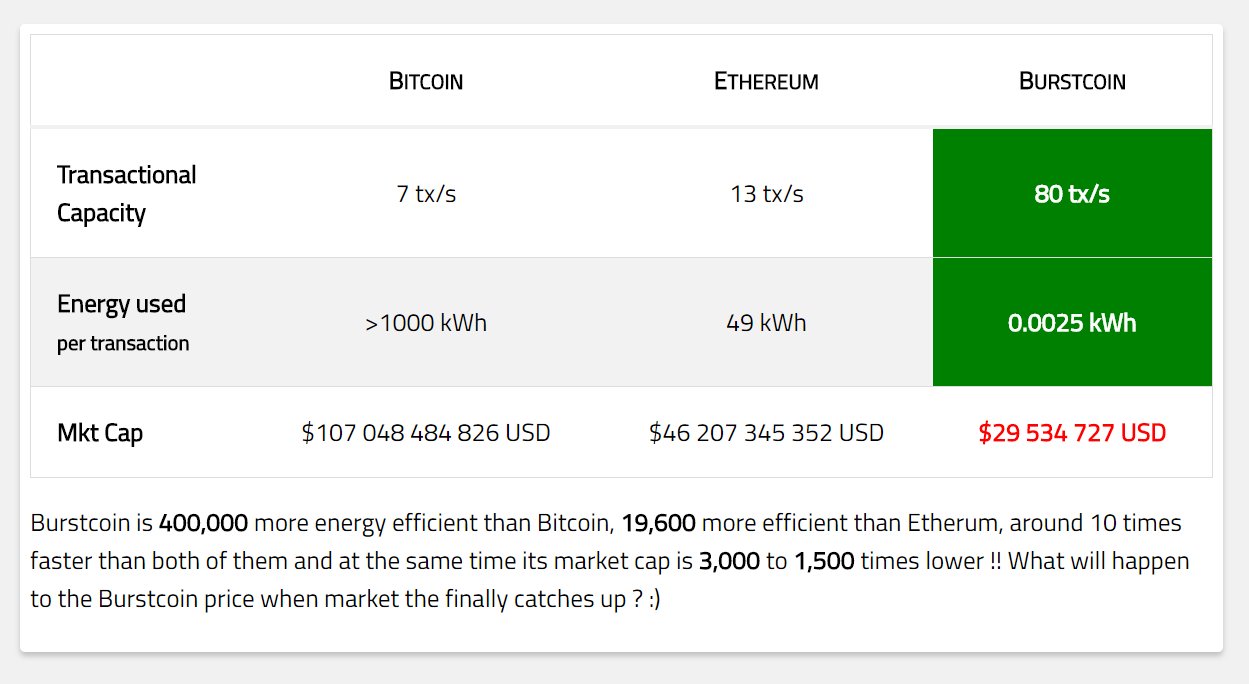
Ransomware – One IT Company’s Unique Perspective
My name is Mike Kemp, CEO of Logix IT Services in the UK. Not so long ago, my team and I here at Logix have spent more than 300 hours tirelessly clearing up a Ransomware Cyber Attack on one of our clients networks.
The cost of this attack to the client has been huge. Without my team working through the night after the attack, the business would’ve been devastated without question.
We have been absolutely amazed how dangerous these sorts of attacks are and how unbelievably fast they spread. At the time of attack, there were no direct ways to stop these types of attacks without the diligence of the end user NOT clicking on a link or visiting a nasty website. Standard Anti Virus just can’t deal with them, especially when they are new. The Wannacry Ransomware Virus was a case in point with the Petya Ransomware Virus following hot on its heels.
One of the things that scared us the most was the high levels of expertise used in writing the Ransomware viruses and the sheer ferocity of their techniques to spread. The one we have been working on is very new and is currently on its way to being the most prevalent virus ever. It has the ability to spread from a single computer, any computer, to everything on your network.

Wannacry Ransomware. If you see this, it might be too late
The virus uses hacking techniques to spread to servers interconnected with your network. Once a machine is infected, it spreads to other computers but also encrypts every single file it can reach. The files are unusable without a key you subsequently need to purchase from the attacker.
For more information on preventing ransomware attacks contact Logix IT Services

